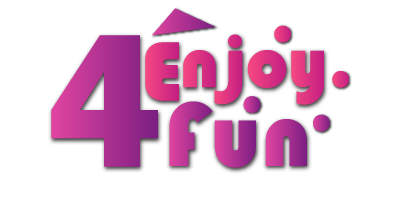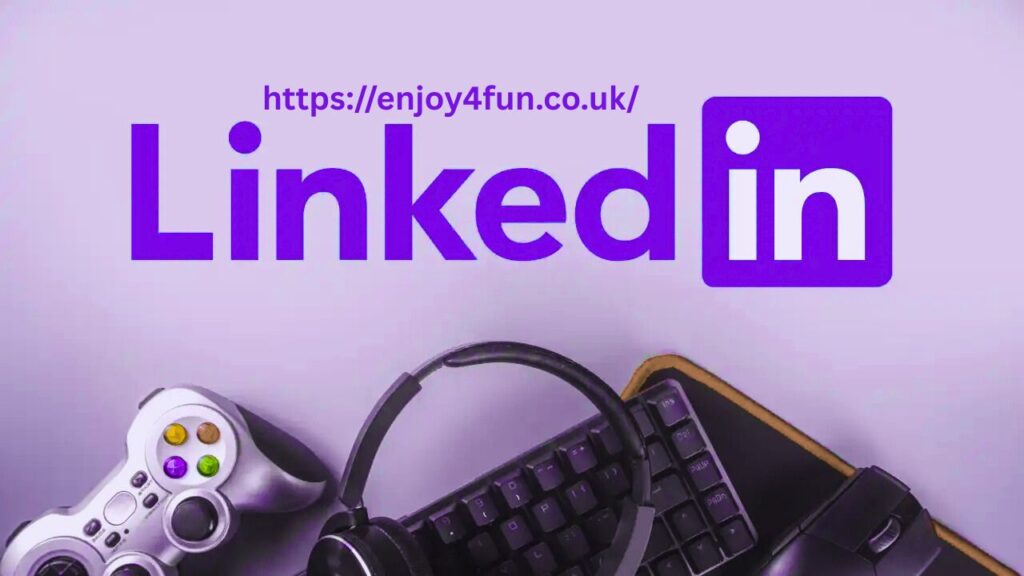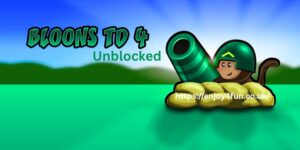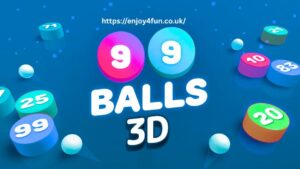In an unexpected but intriguing move, LinkedIn Games — the world’s largest professional networking platform — has entered the world of casual gaming. With the introduction of LinkedIn Games, the platform aims to blend productivity with play, creating new ways for users to engage with colleagues, build connections, and unwind during their workday. In this article, we’ll explore everything you need to know about LinkedIn Games, including how they work, why they matter, their impact on the professional landscape, and how businesses and professionals can make the most of this innovative feature.
What Are LinkedIn Games?
LinkedIn Games are a new feature launched by LinkedIn in 2024 to introduce light, brain-challenging puzzles and trivia into the professional space. These games are designed to be quick, engaging, and shareable, giving users an opportunity to take a mental break while still staying within the LinkedIn ecosystem.
As of early 2025, LinkedIn offers several daily puzzle-style games, including:
- Queens – A logic-based puzzle game that challenges spatial reasoning.
- Crossclimb – A trivia-meets-wordplay game where clues build up to a final word.
- Pinpoint – A deduction game involving identifying connections between clues.
These games are not designed to compete with high-end gaming platforms. Instead, they cater to professionals looking for brief, mentally stimulating activities during their day. Think of it as a corporate twist on the popularity of Wordle, but tailored for networking and office-friendly environments.
Why Did LinkedIn Launch Games?
LinkedIn’s mission has always been to “connect the world’s professionals to make them more productive and successful.” With the rise of remote work, increased screen fatigue, and a growing need for social connection, introducing games is a strategic move to increase engagement while promoting mental wellness and informal interaction.
Key motivations behind LinkedIn Games include:
- Boosting daily engagement: Games encourage users to return regularly, much like daily quizzes or streak-based challenges on other platforms.
- Encouraging networking through play: Users can see scores, challenge coworkers, and share results, fostering connection in a lighthearted context.
- Supporting cognitive wellness: The games are intellectually stimulating and align with productivity — not distractions that detract from professional goals.
How LinkedIn Games Work
LinkedIn Games are currently accessible from the desktop version of the platform and are expected to roll out further in mobile apps. Here’s how they work:
- 1. Daily Challenges
Each game features one new puzzle per day, which resets for all users. This format encourages daily participation and levels the playing field — everyone starts fresh.
- 2. Social Sharing
After playing, users can share their results with their LinkedIn network, similar to how Wordle results are shared via emoji-based summaries. This encourages playful banter and interaction.
- 3. Leaderboard System
LinkedIn integrates leaderboards that allow you to see how your coworkers and connections are performing. This gamifies the professional experience and encourages friendly competition.
- 4. Privacy Controls
Users can control who sees their game activity. This ensures that participation remains professional and discreet if needed.
Benefits of LinkedIn Games for Professionals
Though simple in design, LinkedIn Games provide a range of benefits for professionals and companies alike:
- 1. Improved Cognitive Skills
Games like Queens and Crossclimb enhance problem-solving, lateral thinking, and memory, helping users stay sharp and focused throughout the day.
- 2. Team Building and Culture
Companies can use games as part of their team engagement strategy. Hosting mini-competitions or game breaks can bring remote or hybrid teams together in a fun, informal way.
- 3. Positive Brand Association
When professionals share game results, it humanizes them and makes their profiles more relatable. It also promotes daily interaction with the LinkedIn platform, increasing brand exposure for content creators and businesses.
- 4. Boosting Platform Stickiness
By encouraging users to log in daily, games increase the chances that professionals will also engage with job postings, articles, networking messages, and other features.
Best Practices for Using LinkedIn Games in a Professional Way
While games can be a great addition to your workday, it’s important to use them appropriately. Here are some tips to keep your gaming experience both fun and professional:
- Be Mindful of Sharing Frequency
Sharing your score daily can seem spammy. Instead, post your results occasionally with a thoughtful caption or discussion point. - Engage Your Network
Use games as a conversation starter. Ask your connections how they did or share tips to solve a tricky puzzle. - Incorporate Games into Team Activities
Organize game breaks, weekly contests, or recognition for top performers to add a layer of camaraderie to your workplace. - Protect Your Productivity
Keep gameplay short and sweet. The games are designed to be completed in under 5 minutes — don’t let them become a distraction.
The Future of LinkedIn Games
LinkedIn’s foray into gaming is still in its early stages, but the potential is significant. As of 2025, there are a few directions we might see the platform take:
- Expanded Game Library: We can expect LinkedIn to introduce more puzzles or interactive formats in the future.
- Custom Corporate Games: Enterprises might get the ability to design branded challenges for employees or customers.
- Integration with Learning: Imagine trivia games that reinforce job-related skills, such as coding, sales tactics, or compliance rules.
- AI-Personalized Challenges: With Microsoft’s backing, LinkedIn may use AI to create tailored game experiences based on your industry or interests.
Conclusion
LinkedIn Games represents a bold and refreshing evolution of the professional networking space. By combining the fun and challenge of puzzle-based games with the structure and values of LinkedIn, users now have a new way to engage, relax, and connect with peers. Whether you’re trying to climb the leaderboard, challenge a coworker, or just take a brain break, these games bring value beyond mere entertainment — they foster community, wellness, and continuous interaction in the professional world. If you’re a professional looking to get more out of LinkedIn, don’t just update your profile or scroll through job posts — try a game and see how even play can lead to productivity.






